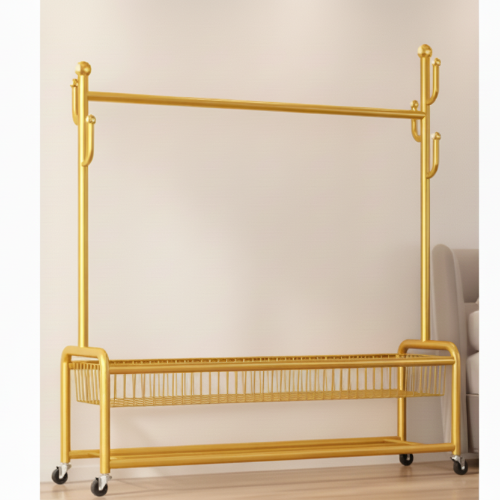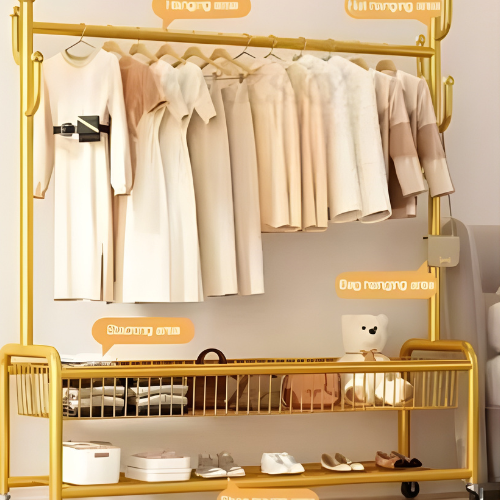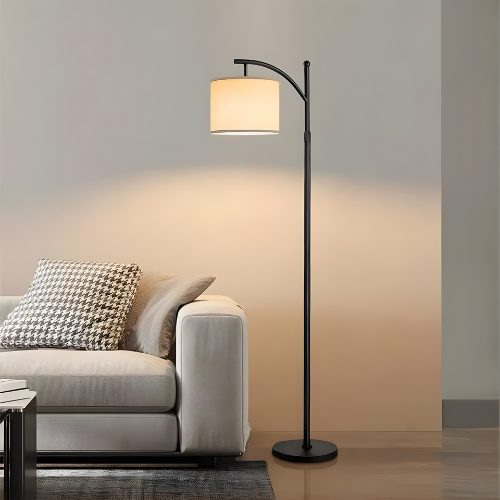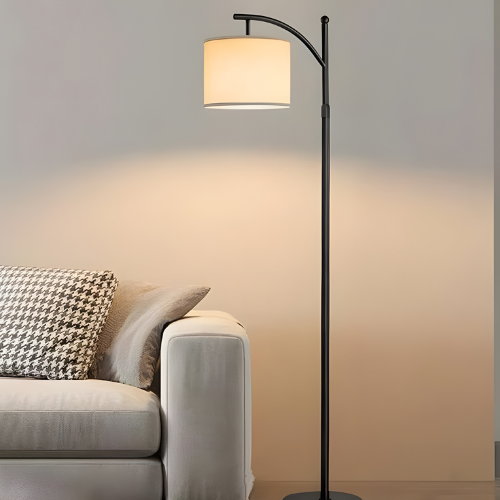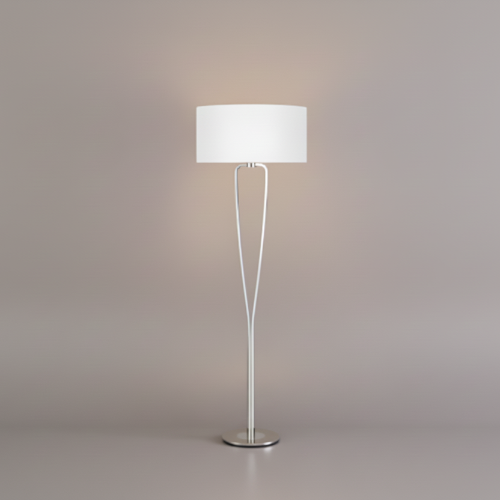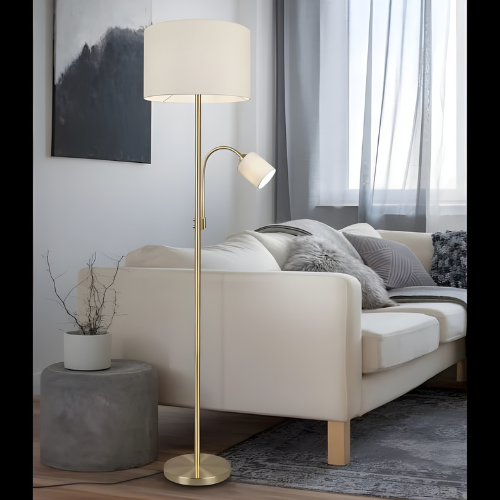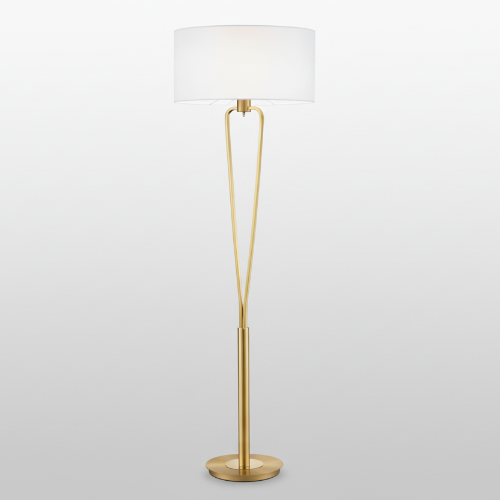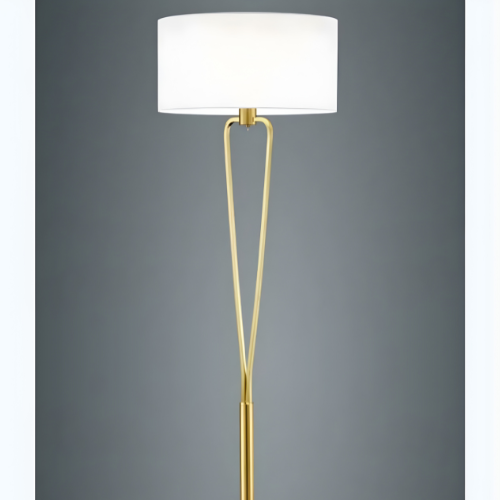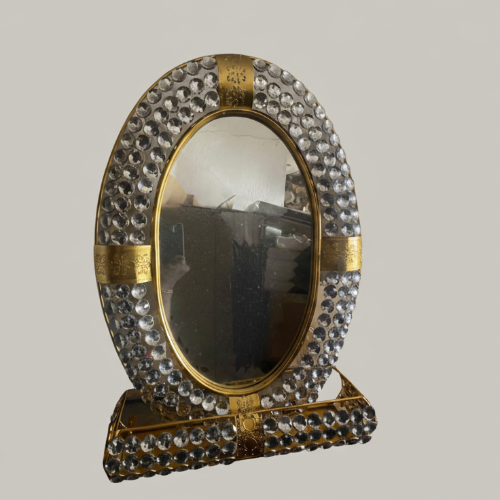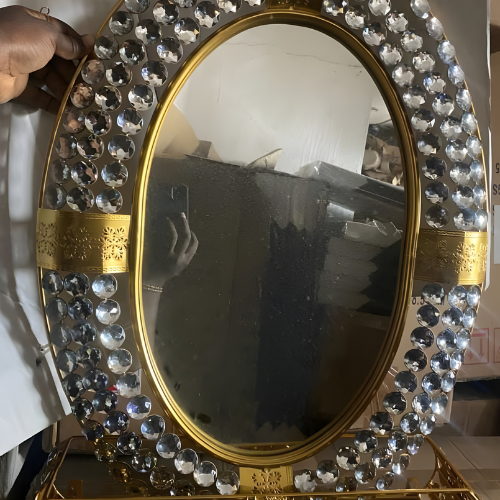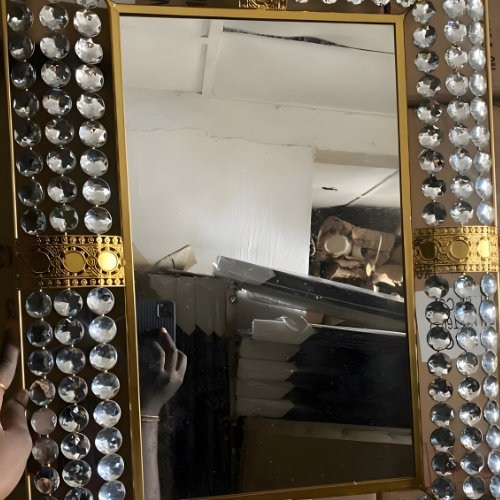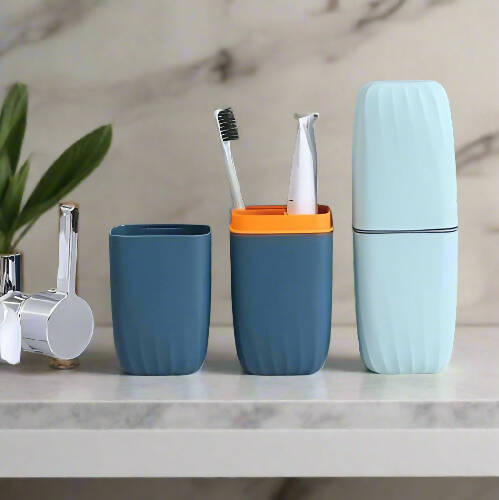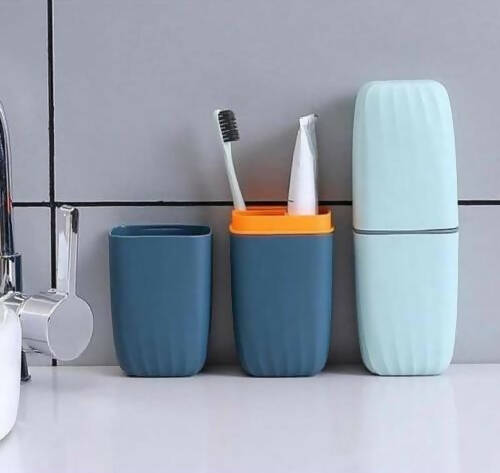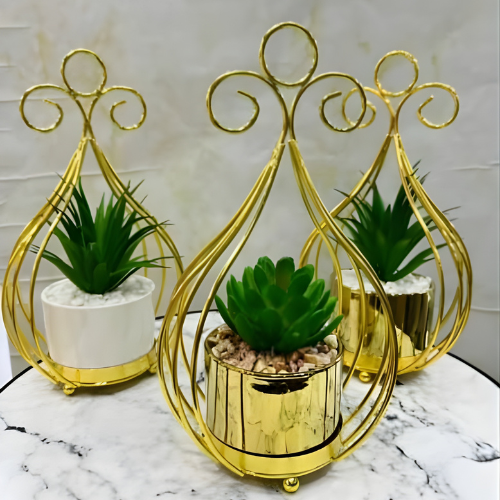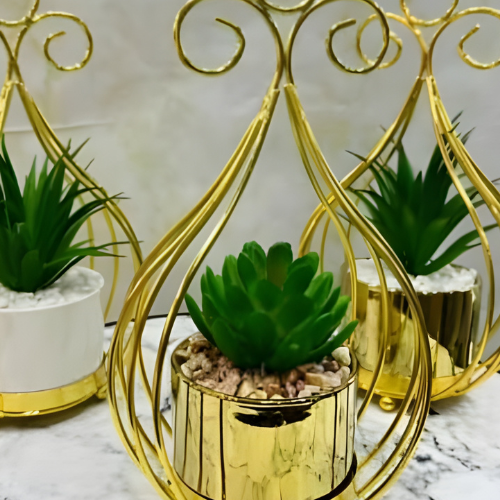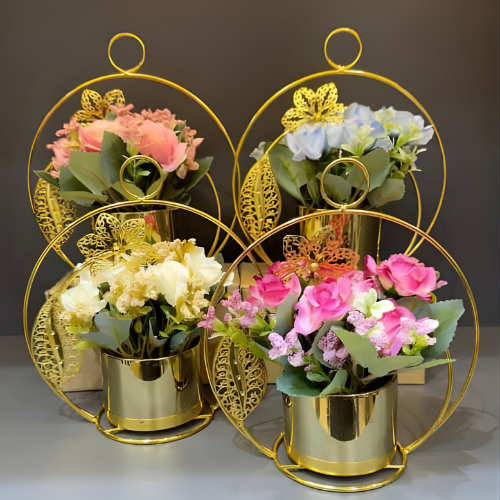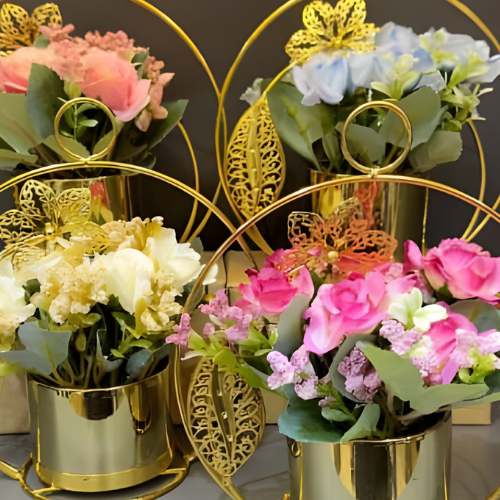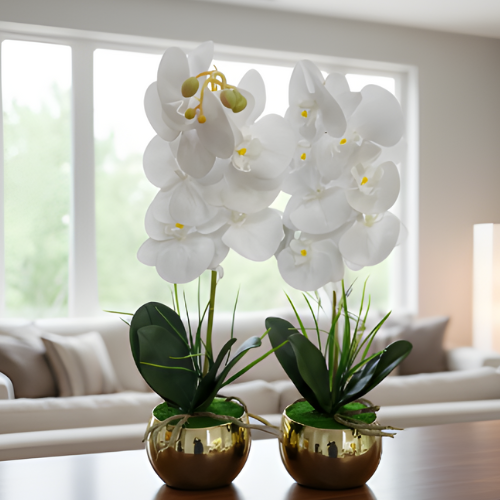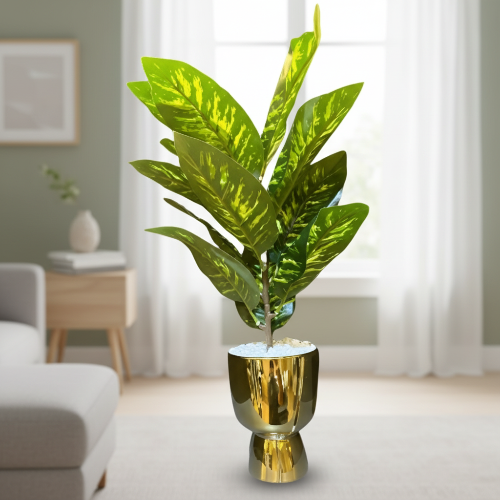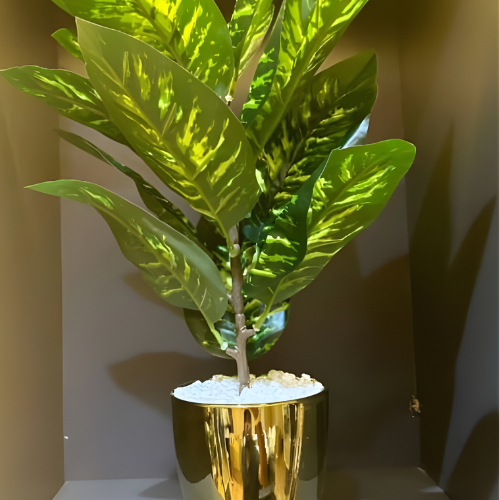Source: Spacejoy
Unlocking the Secrets of Spaces
Interior design is an art that transforms spaces into vibrant, functional, and aesthetically pleasing environments. Whether you're decorating your home or considering a career in design, understanding the intricacies of this fascinating field can add depth to your appreciation. In this article, we delve into 10 interesting facts about interior design that everyone should know.
1. Interior Design is More Than Meets the Eye
Interior design is not just about choosing pretty colors and arranging furniture; it's a complex blend of creativity and functionality. Designers consider spatial arrangements, lighting, color psychology, textures, and even acoustics to create harmonious and functional spaces. It's an intricate dance between aesthetics and practicality.
- Feng Shui is a Game-Changer
Feng Shui, an ancient Chinese practice, plays a crucial role in interior design. It focuses on balancing energies within a space to promote harmony and well-being. Furniture placement, color choices, and even the flow of energy in a room are carefully considered to create positive vibes. So, the next time you rearrange your furniture, consider inviting good energy into your home.
- The Power of Colors
Colors have a profound impact on our emotions and perceptions. Interior designers are like color scientists, choosing hues that evoke specific moods. For example, calming blues and greens are often used in bedrooms to promote relaxation, while vibrant yellows and reds can energize a living space. The psychology of color is a tool designers use to create the desired atmosphere.
- Sustainability is Trending
In recent years, there has been a growing emphasis on sustainable and eco-friendly interior design. Designers are increasingly opting for recycled materials, energy-efficient lighting, and environmentally friendly furnishings. This not only reduces the ecological footprint but also creates spaces that promote well-being and health.
- It's All About Balance
Balance is a fundamental principle in interior design. Designers strive to achieve balance by distributing visual weight throughout a space. This can be achieved through symmetrical arrangements or asymmetrical designs, ensuring that no single element dominates the overall composition. A well-balanced room is more visually appealing and comfortable.
- Texture Adds Depth
Texture is an often overlooked but crucial element in interior design. It adds depth and tactile interest to a space. Imagine a room with smooth leather sofas, a fluffy rug, and a rough stone fireplace. The combination of textures creates a visually rich and inviting environment. Texture can be introduced through fabrics, wall coverings, and even flooring choices.
- The Magic of Mirrors
Mirrors are a secret weapon in the world of interior design. They not only make a space look larger by reflecting light and creating the illusion of depth, but they also add a touch of glamour. Strategic placement of mirrors can enhance natural light and make even the smallest rooms feel more spacious.
- Proportions Matter
Understanding proportions is a skill that sets great interior designers apart. Oversized furniture in a small room can make it feel cramped, while tiny pieces in a large space may look lost. Designers carefully consider the scale and proportions of furniture and decor to ensure a harmonious and visually pleasing composition.
- The Evolution of Styles
Interior design is a dynamic field that evolves with time. Different eras have distinct design styles, from the opulence of the Victorian era to the sleek minimalism of modern design. However, many designers draw inspiration from various periods, creating eclectic and personalized spaces that blend the best of different worlds.
- Personalization is Key
One-size-fits-all doesn't apply in interior design. Successful designers understand the importance of tailoring spaces to reflect the personalities and preferences of the inhabitants. Whether it's incorporating personal artifacts, custom furniture, or unique color schemes, personalization is the key to creating spaces that feel like home.
FAQs:
Q1: How can I choose the right colors for my home?
A1: Consider the mood you want to create in each room. Warm colors like reds and yellows can energize, while cool blues and greens promote relaxation. Also, factor in the natural light and size of the space.
Q2: Is it necessary to hire an interior designer, or can I do it myself?
A2: While many people successfully design their spaces, a professional interior designer brings expertise and a fresh perspective. They can help you avoid common pitfalls and create a cohesive, well-designed space.
Q3: Can interior design improve my well-being?
A3: Yes, a well-designed space can positively impact your well-being. Factors like natural light, comfortable furniture, and harmonious colors can contribute to a healthier and happier living environment.
Q4: How can I make a small space look larger?
A4: Use mirrors strategically to create the illusion of space. Choose light colors for walls and furniture, and consider multi-functional furniture to maximize functionality without overcrowding.
Q5: What's the importance of sustainable interior design?
A5: Sustainable interior design promotes environmental responsibility by using eco-friendly materials and practices. It not only reduces your ecological footprint but also contributes to a healthier indoor environment.
In conclusion, interior design is a fascinating blend of creativity, science, and functionality. Whether you're rearranging your furniture or considering a career in design, these facts can serve as a foundation for unlocking the secrets of spaces. Embrace the balance, play with textures, and let your personal style shine through to create spaces that are not just visually appealing but also deeply meaningful.

Lydia Colman is a stylist with a refined approach to interior design and fashion. Her goal is to achieve the highest level of achievement in creating unforgettable, highly defined interiors that deeply represent the client's personal background, whether it's selecting decors or accessorizing a bed.








